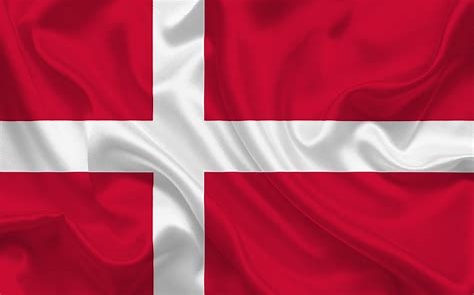
| Status | Enacted Law |
| Law | On February 3, 2025, the Danish Ministry of Finance issued draft legislation (Bill 2024-4606) for consultation. This is to amend the Danish Minimum Tax Act for the June 2024 and January 2025 OECD Administrative Guidance. The law was passed by Parliament on June 3, 2025. On February 18, 2025, the Executive Order on registration requirements was published in the Official Gazette. On June 11, 2024, Law No. 684 was published in the Danish Official Gazette. This implements additional aspects of the OECD Administrative Guidance. Law No. 1535 of December 12, 2023 |
| Effective Date | Accounting periods beginning on or after December 31, 2023 |
| IIR | Yes (2024) |
| UTPR | Yes (2025) |
| QDMTT | Yes (2024) |
| Filing Deadlines | Standard |
| Safe Harbours | Yes, Transitional CbCR Safe Harbour + QDMTT Safe Harbour + Transitional UTPR Safe Harbour. The June 2024 Amending Law includes the NMCE Simplified Calculations Safe Harbour |
If you haven’t got a subscription you can sign up below
Legislation
| Cookie | Duration | Description |
|---|---|---|
| cookielawinfo-checkbox-analytics | 11 months | This cookie is set by GDPR Cookie Consent plugin. The cookie is used to store the user consent for the cookies in the category "Analytics". |
| cookielawinfo-checkbox-functional | 11 months | The cookie is set by GDPR cookie consent to record the user consent for the cookies in the category "Functional". |
| cookielawinfo-checkbox-necessary | 11 months | This cookie is set by GDPR Cookie Consent plugin. The cookies is used to store the user consent for the cookies in the category "Necessary". |
| cookielawinfo-checkbox-others | 11 months | This cookie is set by GDPR Cookie Consent plugin. The cookie is used to store the user consent for the cookies in the category "Other. |
| cookielawinfo-checkbox-performance | 11 months | This cookie is set by GDPR Cookie Consent plugin. The cookie is used to store the user consent for the cookies in the category "Performance". |
| viewed_cookie_policy | 11 months | The cookie is set by the GDPR Cookie Consent plugin and is used to store whether or not user has consented to the use of cookies. It does not store any personal data. |